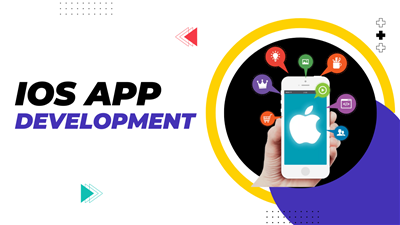
Popular topics
Welcome to our Mobile Development course!
This program is specifically designed for aspiring developers and tech enthusiasts who want to dive into the dynamic world of mobile app creation. Whether you're a beginner or have some programming experience, this course will provide you with the knowledge, skills, and hands-on experience needed to design, build, and deploy mobile applications for both iOS and Android platforms.
Purpose
The primary purpose of our Mobile Development course is to equip students with the essential skills and knowledge required to succeed in the mobile app development industry. By the end of this course, students will be able to:
- Understand Core Concepts: Gain a solid understanding of the fundamental principles of mobile development, including app architecture, user interface (UI) design, and user experience (UX) best practices.
- Develop Proficiency in Programming Languages: Master the key programming languages used in mobile development, such as Swift for iOS and Kotlin for Android, along with cross-platform tools like Flutter and React Native.
- Build Functional Applications: Learn how to create fully functional mobile applications from scratch, incorporating essential features such as data storage, networking, and user authentication.
- Optimize App Performance: Understand the techniques for optimizing app performance and ensuring a smooth and responsive user experience.
- Deploy and Maintain Applications: Gain the skills needed to deploy apps to app stores and maintain them post-launch, including updates and bug fixes.
Content
Our Mobile Development course is divided into several modules, each meticulously crafted to provide a comprehensive learning experience. Here’s what you can expect:
Introduction to Mobile Development: Begin with an overview of the mobile development landscape, exploring the history, current trends, and future possibilities in the industry. Understand the differences between native, hybrid, and web apps.
Programming Fundamentals: Dive into the basics of Swift and Kotlin, the primary languages for iOS and Android development, respectively. Learn about variables, control structures, data types, and object-oriented programming concepts.
User Interface Design: Discover the principles of UI/UX design specific to mobile applications. Learn how to create intuitive, user-friendly interfaces using tools like Xcode for iOS and Android Studio for Android. Understand the importance of responsive design and accessibility.
Core Mobile Development: Get hands-on experience with mobile development frameworks and libraries. Learn to build interactive user interfaces, handle user input, and manage app lifecycle events. Explore cross-platform development with Flutter and React Native.
Data Management and Networking: Learn how to integrate your app with backend services and databases. Understand the principles of data storage, including local storage options like SQLite and remote data access through APIs and web services.
Performance Optimization: Discover techniques for optimizing the performance of your mobile applications. Learn about memory management, efficient coding practices, and tools for monitoring and improving app performance.
App Deployment and Maintenance: Gain practical knowledge on how to prepare your app for release. Learn the steps for submitting apps to the Apple App Store and Google Play Store, as well as strategies for app maintenance, updates, and user feedback management.
Conclusion
By enrolling in our Mobile Development course, you are embarking on a journey to become a proficient mobile app developer. Our comprehensive curriculum, expert instructors, and hands-on projects will ensure that you gain the skills and confidence needed to create high-quality mobile applications. Join us and transform your passion for technology into a rewarding career in mobile development. Together, we can build the future of mobile technology, one app at a time.

